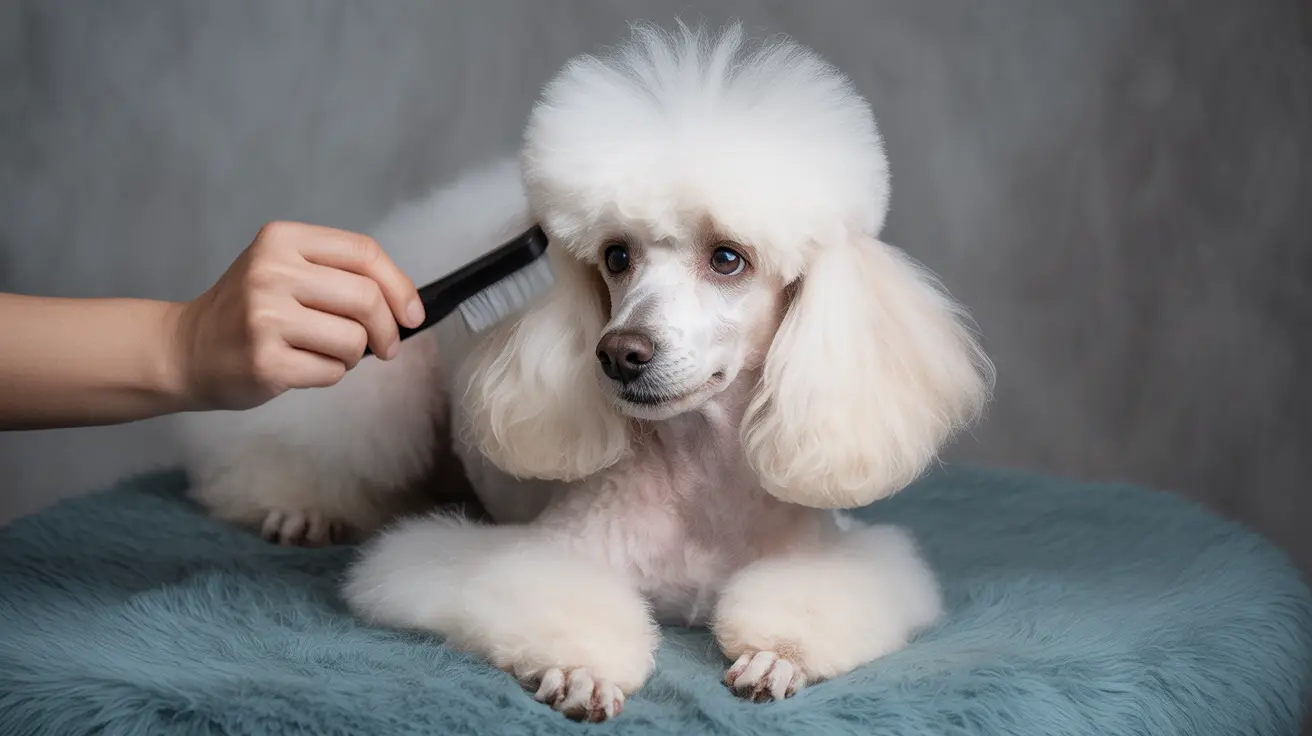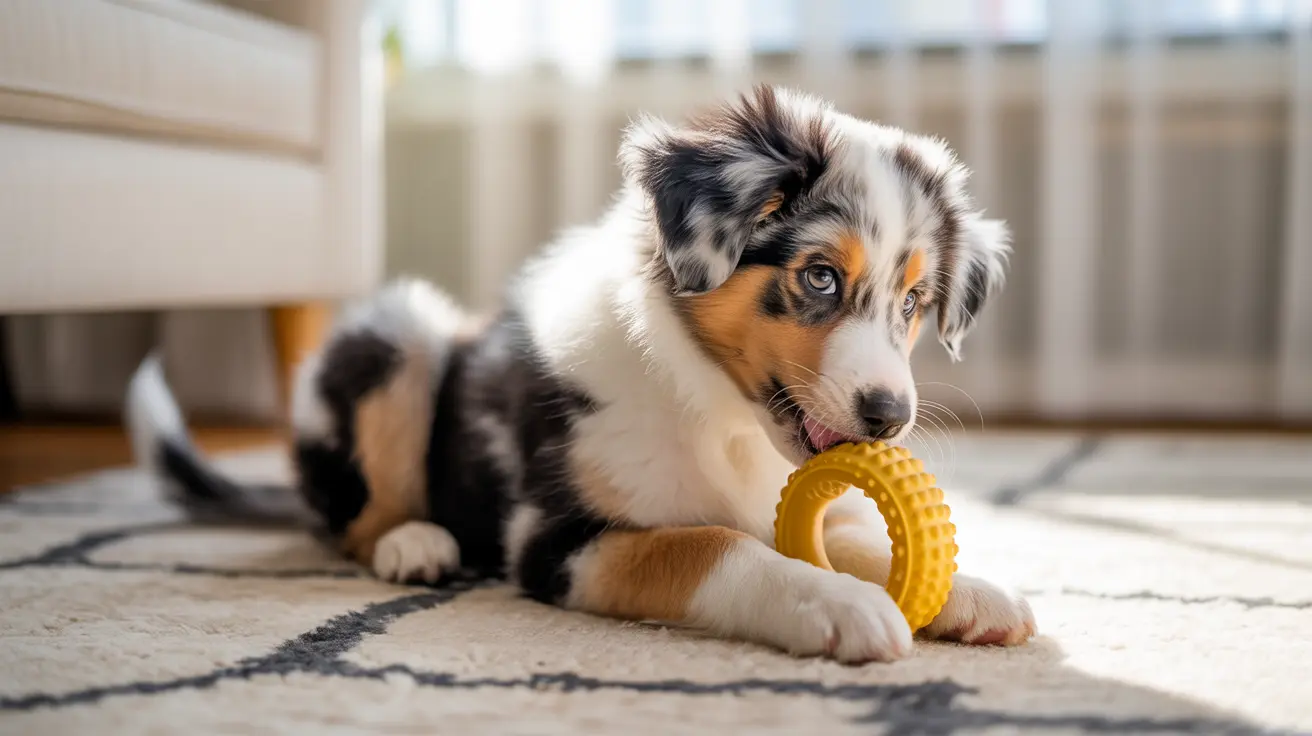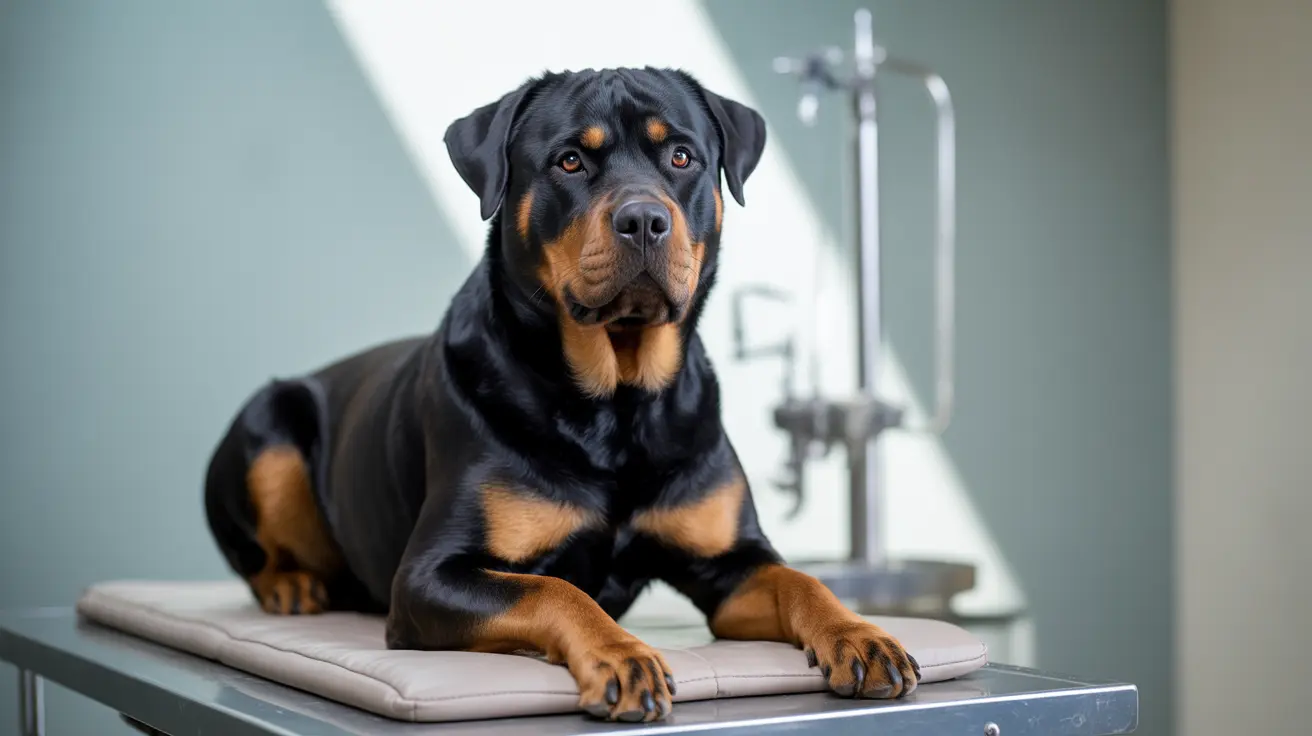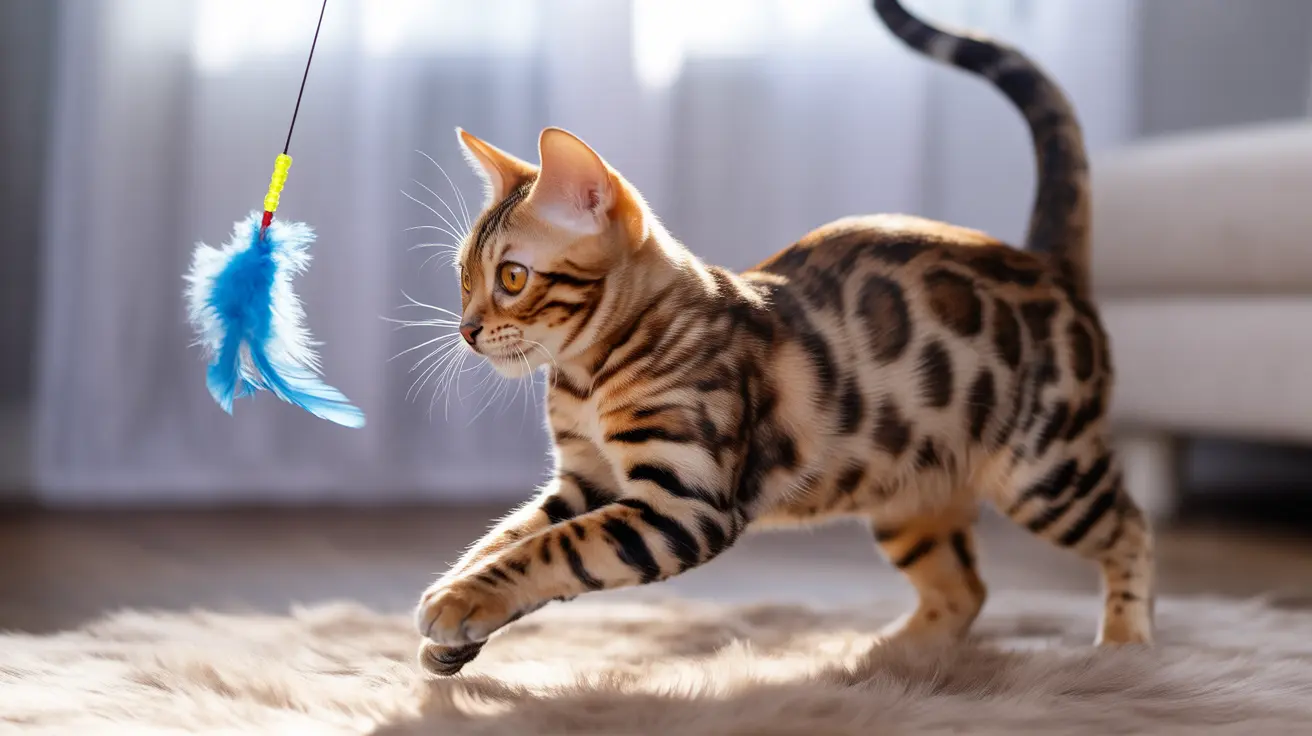Just like humans, dogs have eyelashes that play a crucial role in protecting their eyes. These specialized hairs, primarily found on the upper eyelids, serve as a first line of defense against environmental hazards and help maintain optimal eye health for our canine companions.
Understanding your dog's eyelashes – their structure, function, and potential health concerns – is essential for every pet owner. Let's explore everything you need to know about these important features of canine anatomy.
The Structure and Location of Dog Eyelashes
Dogs typically have two to four rows of eyelashes on their upper eyelids. These lashes vary in length, thickness, and color depending on the breed and individual dog. Notably, healthy dogs don't naturally have eyelashes on their lower eyelids – if present, this usually indicates a medical condition requiring attention.
Long-haired breeds like Poodles and Old English Sheepdogs often showcase particularly prominent eyelashes, which help keep their facial fur from irritating their eyes.
The Important Role of Canine Eyelashes
Dog eyelashes serve multiple protective functions that are vital for eye health:
- Shield eyes from dust, dirt, and debris
- Protect against harsh sunlight
- Prevent facial fur from causing eye irritation
- Alert dogs to potential threats near their eyes
- Help regulate airflow around the eye surface
Breed-Specific Eyelash Characteristics
Different dog breeds exhibit unique eyelash characteristics based on their genetic makeup and evolutionary history. Some breeds are known for distinctive eyelash features:
- Poodles: Long, curly eyelashes that match their coat
- Maltese: Fine, silky eyelashes that require regular grooming
- German Shepherds: Strong, straight eyelashes suited for outdoor activities
- Yorkshire Terriers: Delicate eyelashes that may need occasional trimming
Common Eyelash-Related Health Issues
Several health conditions can affect dog eyelashes:
Distichiasis
This inherited condition occurs when extra eyelashes grow from abnormal locations in the eyelid. Common in breeds like Cocker Spaniels and Shih Tzus, it can cause eye irritation and requires veterinary attention.
Ectopic Cilia
These abnormal hairs grow through the inner surface of the eyelid, potentially causing corneal damage. Professional treatment is essential to prevent serious complications.
Proper Care and Maintenance
Maintaining healthy dog eyelashes involves regular attention and care:
- Monitor for signs of irritation or excessive tearing
- Keep the eye area clean and free from debris
- Consult a professional groomer for necessary trimming
- Schedule regular veterinary check-ups to catch potential issues early
Frequently Asked Questions
Do dogs have eyelashes on both their upper and lower eyelids?
No, healthy dogs naturally have eyelashes only on their upper eyelids. The presence of lashes on the lower lid typically indicates a medical condition that requires veterinary attention.
What purpose do eyelashes serve for dogs' eye health and protection?
Dog eyelashes protect their eyes from debris, dust, and sunlight while helping to prevent facial fur from causing irritation. They also serve as sensory organs to alert dogs to nearby objects.
Which dog breeds are known for having especially long or prominent eyelashes?
Breeds like Poodles, Old English Sheepdogs, and some long-coated breeds typically have longer, more prominent eyelashes. These often match their facial fur characteristics.
Can I safely trim my dog's eyelashes if they grow too long or obstruct vision?
While it's possible to trim dog eyelashes, it's best to have this done by a professional groomer or veterinarian due to the sensitive nature of the eye area and risk of injury.
What are common eyelash-related health problems in dogs, and how are they treated?
Common issues include distichiasis (abnormal lash growth) and ectopic cilia. Treatment options range from regular monitoring to surgical removal, depending on severity and symptoms.
Maintaining your dog's eye health includes understanding and properly caring for their eyelashes. By staying informed and vigilant about potential issues, you can help ensure your furry friend's eyes remain healthy and protected.






